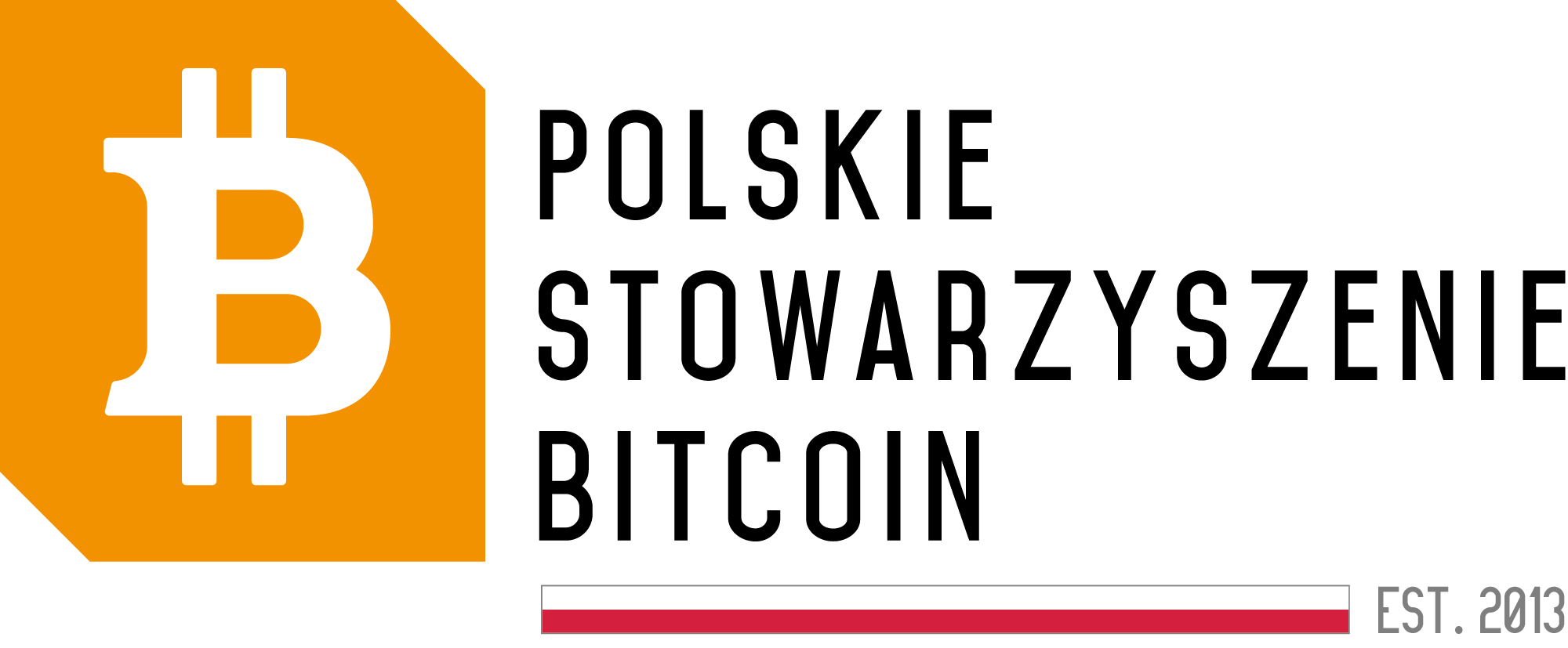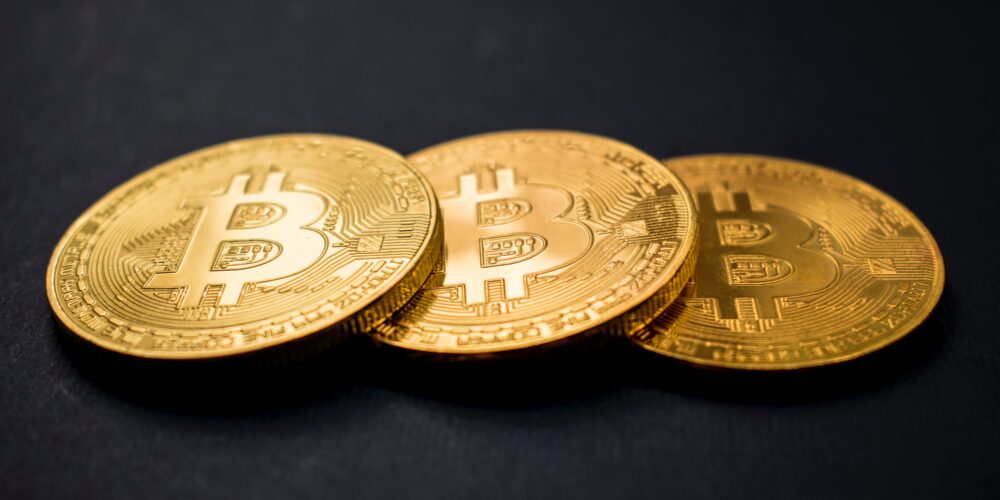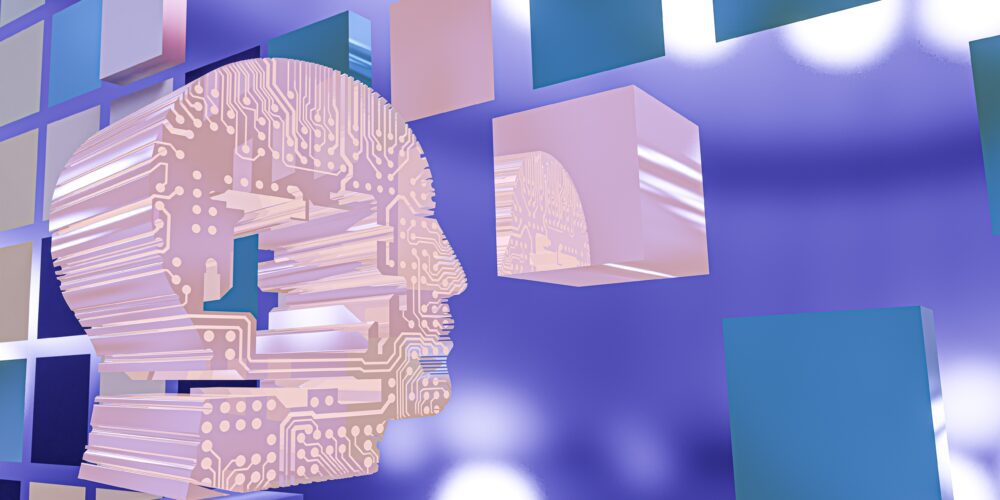blockchain 2.0
Blockchain 2.0 is a term referring to a new generation of blockchain technology that expands the capabilities of the original blockchain concept. Originally, blockchain was mainly used for cryptocurrency transactions, such as Bitcoin, however, Blockchain 2.0 introduces a range of innovations that allow for the creation of smart contracts, decentralized applications (dApps), and many other functions that go beyond simple value exchange.
Smart Contracts
One of the key features of Blockchain 2.0 is the so-called smart contracts. These are computer programs that automatically execute and enforce digital contracts without the need to trust another party. They operate on an „if this, then that” basis, meaning they are programmed to react in a specific way to certain conditions.
Decentralized Applications (dApps)
In addition to smart contracts, Blockchain 2.0 enables the development of decentralized applications, known as dApps. Traditional applications are usually hosted on central servers, making them vulnerable to attacks or censorship. In contrast, dApps run on decentralized blockchain networks, meaning they do not have a single point of failure and are more resistant to manipulation.
Blockchain Interoperability
Another important feature of Blockchain 2.0 is the ability to collaborate and communicate between different blockchains. This allows for the transfer of value and data between different blockchain networks, opening up new possibilities for the cryptocurrency ecosystem.
Summary
In summary, Blockchain 2.0 represents another stage in the evolution of blockchain technology, expanding its applications beyond traditional cryptocurrency transactions. Smart contracts, decentralized applications, and blockchain interoperability are just some of the many innovations that Blockchain 2.0 brings.






